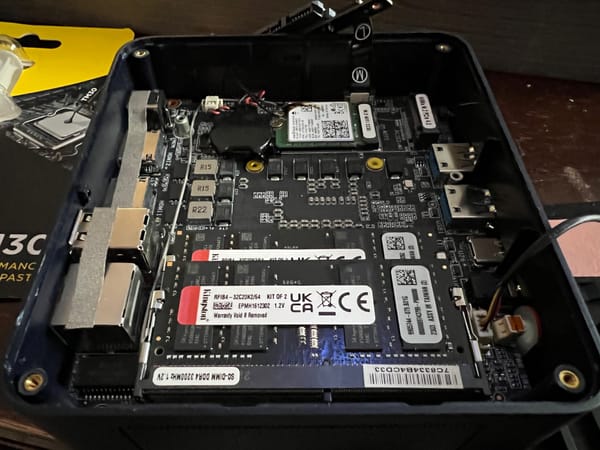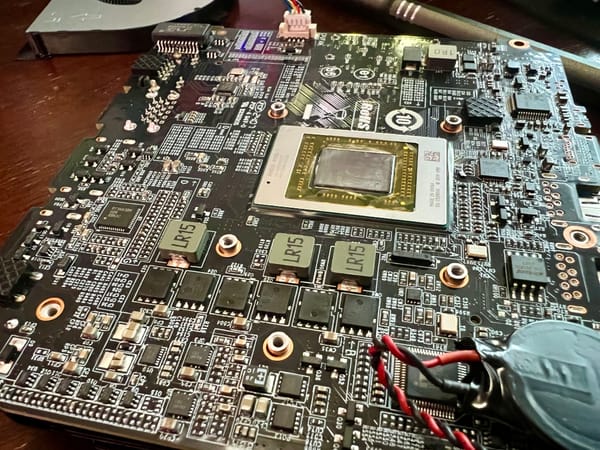The New Age of Fiber Internet: Why Your Old Hardware Might Not Keep Up
In the era of high-speed internet, a common question has been popping up: is your old router capable of handling the blazing speeds of your new fiber connection? As internet service providers like AT&T, Centurylink, and Orange roll out fiber plans with speeds of 500Mbps, 1Gbps, or even symmetric gigabit connections, it's essential to ensure that your router is up to the challenge.
You might be thinking, "I'll just pick up a new router for $50 to $100 that can handle my fiber connection while maintaining low latency and support SQM, right?" The truth is, finding a device that checks all these boxes and is also an all-in-one solution with built-in Wi-Fi is quite a challenge. The reason? Devices with such capabilities are still scarce in that price range.
Let's dive into the reasons why. With a 1Gbps connection using standard 1500-byte packets, a router must handle 83,333 packets per second. Moreover, each packet has to go through a series of tasks, such as passing through the firewall, inspection, NAT application, queueing, and rate calculation.
To handle such a workload, a typical 1GHz processor would only have 12,000 clock cycles per packet if it were entirely dedicated to processing packets. Ideally, routers suited for fiber connections would have faster processors (1.2GHz or better) and at least two cores to handle receive and send interrupts, firewall, and queueing duties. RAM latency and bandwidth issues should also be considered, especially when transmitting packets from kernel to userland and handling encryption/decryption for VPNs.
Now, let's look at a potential setup that could effectively handle your fiber connection. Consider a generic N100 MiniPC w/ dual LAN Ports for around $140. If found with RAM and an SSD, you'd have a wired-only router capable of delivering outstanding performance. To make your network wireless, you'd need to add a smart managed switch (~$40-$120) and a couple of TP-Link EAP or Ubiquiti access points (~$120). All in all, the total cost of such a setup is not something that can be solved just $100.
Alternatively, you could go for budget-friendly options like the Raspberry Pi 4. Although it's more akin to a development board, it can route gigabit packets using only about 25% of its CPU capacity. With a 2GB version, a case, power supply, and an additional USB ethernet dongle, the total cost for this setup would be around $120. However, once you factor in the cost of a switch and some access points, your total investment would still be around $250.
The takeaway from all of this is that as you upgrade to speeds beyond 500Mbps, you'll find that routing, firewall, and SQM management become increasingly demanding tasks. Consequently, instead of relying on an all-in-one wireless router, you might be better off upgrading to a component-based network. While we wait for affordable all-in-one solutions offering multi-gigahertz, multi-core, and multi-radio capabilities, component-based setups offer a more efficient solution to make the most out of your new fiber connection.




